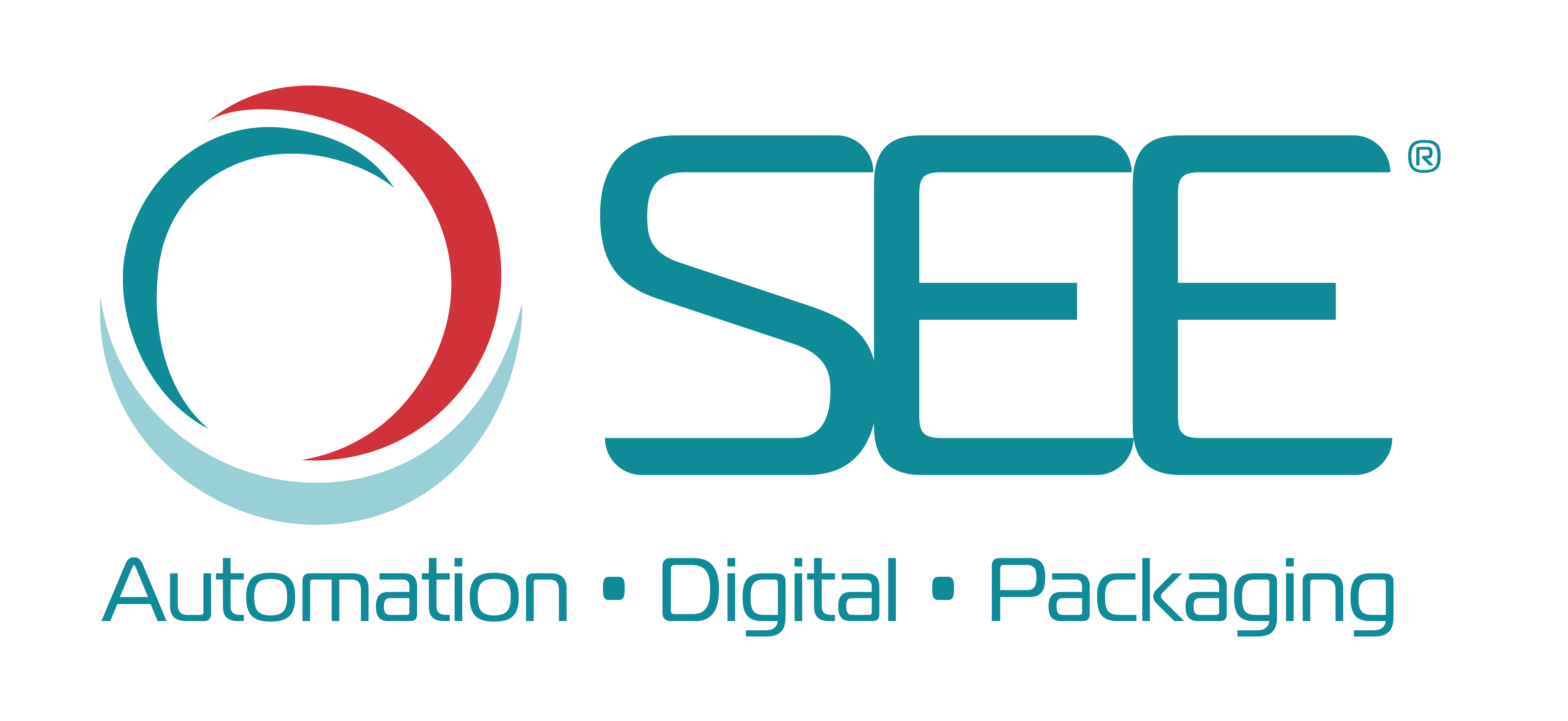From the SEE® Impact Report: Enabling a Circular Economy

Originally published in the SEE® Impact Report 2022
SEE® (formerly Sealed Air) drives efforts and collaboration across the value chain for circular business models that support the creation of solutions that can recover and recycle materials. Through these actions, SEE contributes to consumer waste diversion efforts and the supply of material for future reuse, including the company’s own use of recycled content.
2025 Sustainability and Materials Pledge
By 2025, SEE commits to design or advance 100% of its packaging solutions to be recyclable or reusable, eliminate waste by incorporating an average of 50% recycled or renewable content into our solutions, and collaborate on recycling technology and infrastructure.
In 2022, solutions designed for recyclability or reusability accounted for approximately 51.5% of the material weight sold. Recycled or renewable content accounted for 17.3% of the material weight sold. In 2022, net sales generated from products defined as recyclable, designed for recyclability, or reusable were $1.9 billion.
Modification of Our 2025 Sustainability and Materials Pledge
SEE is committed to leading the charge in designing innovative sustainable packaging solutions and enabling the circularity that our customers, channel partners, and consumers demand. SEE has made great progress to advance or design more than 51% of its portfolio to be recyclable or reusable and to incorporate an average of 17% recycled or renewable content into our solutions. We are now forecasting that both the market demand and the material supply to achieve our pledge are taking longer than anticipated. This is due in large part to the slowed development of the necessary infrastructure for recycling of flexible plastics and the availability of food-grade recyclate that meets customer requirements for price and performance. For this reason, we are assessing our current pledge status in preparation for revising our stated objectives.
Materials and Certification
Raw Materials
Suppliers provide raw materials, packaging components, contract manufactured goods, equipment, and other direct materials such as inks, films, and paper. Our principal raw materials are polyolefin and other petrochemical-based resins, as well as fiber-based materials. Raw materials typically represent approximately one-third of our consolidated cost of sales. We also purchase corrugated materials, cores for rolls of products such as films and BUBBLE WRAP® brand cushioning, inks for printed materials, and blowing agents used in the expansion of foam packaging products.
Certified Fiber Sources
SEE operates four paper manufacturing facilities that have each received Forest Stewardship Council certification and Sustainable Forestry Initiative certification for the raw fiber-based materials used in the products produced there. These certifications ensure that products come from responsibly managed forests. Additional SEE manufacturing facilities producing paper and corrugated products are certified by the Sustainable Forestry Initiative in North America and by the Forest Stewardship Council in Europe.
Certification of Recycled Content
The International Sustainability and Carbon Certification (ISCC) is a globally applicable sustainability certification system that covers all sustainable feedstocks. Recycled or bio-based products that are certified to the ISCC Plus standard provide companies, brand owners, and consumers with the assurance that sustainability requirements are met. SEE maintains ISCC Plus-certified facilities in the U.S., the U.K., France, and Italy.
SEE Sustainability and Materials Pledge Disclaimer
SEE internally tests its products for recyclability in alignment with published relevant guidelines. Such testing does not imply and should not be interpreted as an endorsement of products or certification of results. SEE recognizes that claims of recyclability require the actual collection, sortation, and recycling of products. In the case of flexible plastic packaging, the recycling infrastructure for post-consumer flexible plastics is still developing. Until such time as a collection, sortation, and recycling infrastructure is available to a minimum of 60% of the residents of a geographic region, SEE recommends designating select materials as designed for recyclability, with the disclaimer that the degree of recyclability will vary depending on the scope and availability of flexible film collections, sortation, and recycling programs.

